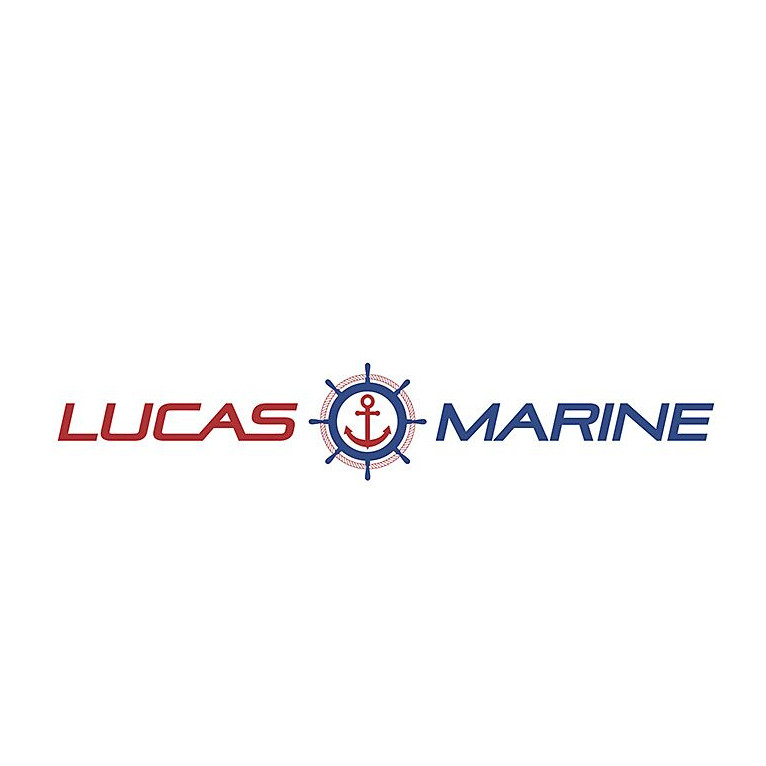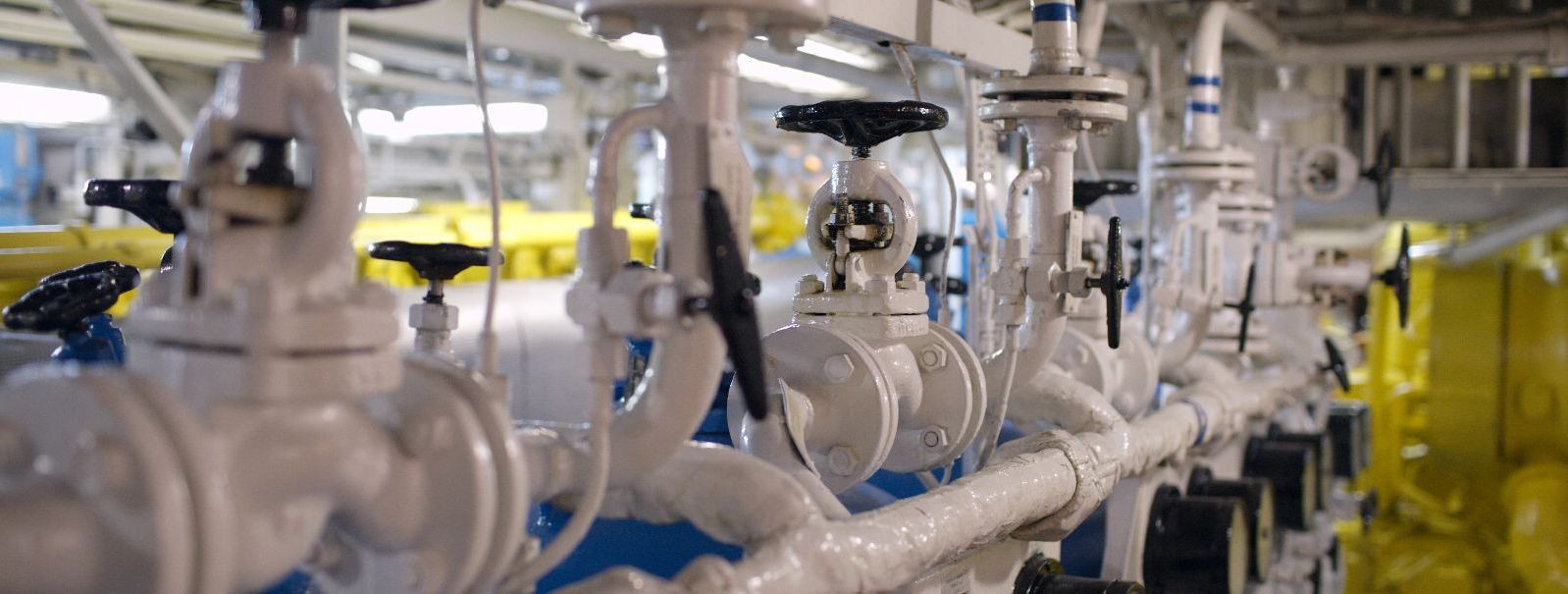The future of shipping: sustainable practices in maritime industry
The maritime industry stands at a crossroads, facing increasing pressure to reduce its environmental footprint and adopt sustainable practices. With the global shipping industry responsible for a significant portion of the world's greenhouse gas emissions, the call for change is not just a matter of regulatory compliance but also a business imperative for future growth and resilience.
Sustainable shipping involves implementing practices that minimize environmental impact, promote energy efficiency, and ensure the long-term health of marine ecosystems. It encompasses a holistic approach that considers the entire lifecycle of shipping operations, from design and construction to decommissioning.
Key Areas of Sustainable Practices in Shipping
One of the primary goals of sustainable shipping is to reduce greenhouse gas emissions. This can be achieved through various means, including slow steaming, optimizing routes, and using renewable energy sources.
Improving energy efficiency is crucial for reducing operational costs and environmental impact. The maritime industry is exploring alternative fuels such as LNG, hydrogen, and biofuels as replacements for traditional heavy fuel oil.
Effective waste management and pollution control are essential to protect marine life and reduce the ecological footprint of shipping activities. This includes proper disposal of ballast water, garbage management, and minimizing oil spills.
Innovations in ship design and construction play a significant role in enhancing sustainability. This includes the development of more aerodynamic ship structures and the use of eco-friendly materials.
Shipping companies are adopting operational strategies that promote sustainability, such as improved fleet management, regular maintenance, and crew training on environmental best practices.
Regulations and Incentives Driving Sustainable Shipping
The International Maritime Organization (IMO) has set ambitious targets to reduce the maritime industry's carbon intensity. Compliance with IMO regulations is driving the adoption of sustainable practices across the industry.
Various incentives, including tax rebates, subsidies, and certification schemes, are available to encourage shipping companies to invest in green technologies and sustainable practices.
Challenges and Opportunities
The shift towards sustainable shipping is not without its technological challenges. Developing and implementing new technologies requires significant investment and a willingness to embrace change.
While the long-term benefits of sustainable shipping are clear, the initial costs can be a barrier for many companies. However, with rising fuel costs and increasing regulatory pressure, the economic case for sustainability is becoming more compelling.
Companies that take the lead in adopting sustainable practices can gain a competitive advantage, enhance their brand reputation, and drive industry innovation.
Role of Stakeholders in Promoting Sustainability
Shipping companies are at the forefront of implementing sustainable practices. By prioritizing sustainability, they can not only comply with regulations but also meet the growing demand for environmentally responsible shipping.
Policy makers and regulators play a critical role in setting standards and creating a framework that encourages sustainable development in the maritime industry.
Collaboration among industry stakeholders is key to driving progress in sustainable shipping. Partnerships can facilitate the sharing of best practices, joint investments in green technologies, and collective advocacy for supportive policies.
Explore how LUCAS MARINE OÜ can support your commitment to sustainability in the maritime industry. Contact us for innovative solutions and expert advice.






Comments (0)